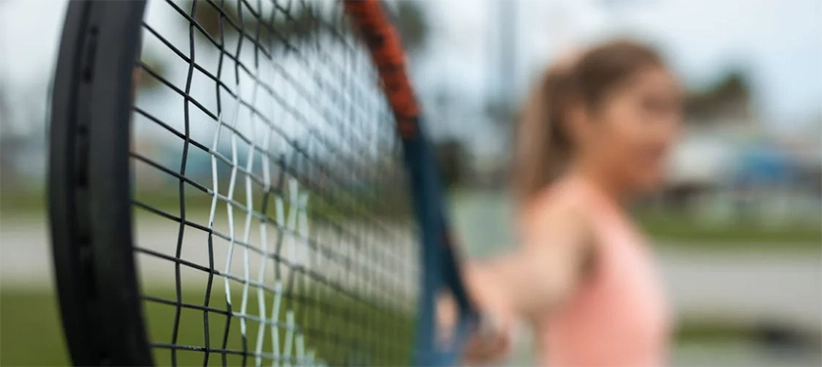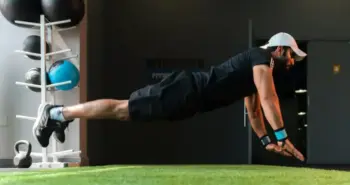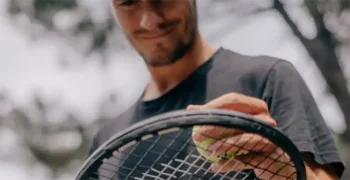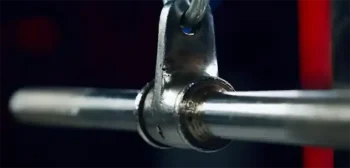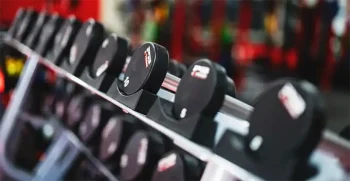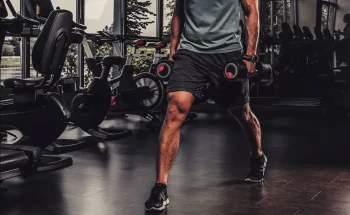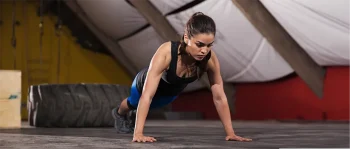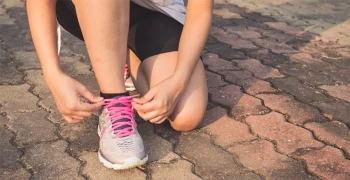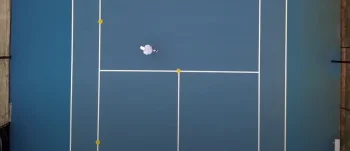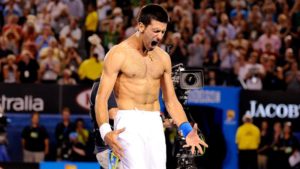You want to play better tennis? There is a big chance that one of the main things helping with this is your footwork on the court, as you will not only reach more of your opponents’ shots, but also hit higher quality shots yourself. Besides knowing how to move properly, the main reason for bad footwork is often our fitness.
We want to support your tennis journey with more information on tennis fitness and how you can improve yours. Below you will find basics, lifehacks, exercises and little bits and pieces that can help you.
Please note: Before starting any kind of physical training, please consult with a healthcare professional if in doubt.
Latest from our Fitness and Nutrition Blogs
Basics of fitness for tennis
Let’s start with the general set of fitness skills needed for tennis – it is fairly obvious that you need to have endurance to play, as moving will always be a part of tennis. This does not mean that you should be able to run an ultra-marathon, but your body should be prepared to move consistently for at least an hour or two. Next to this, you need explosive strength to hit shots and move to the ball, combined with the strength endurance to sustain this. Your core and legs should be stable and well-prepared to withstand the forces on joints, that occur day-by-day on the tennis court. And of course, you need speed and agility, because the opponent will try to outsmart and move you throughout.
So, you see, there is a rather large set of fitness skills that you should have for tennis, and it requires to be functional and smart in your approach to training to get a good result.
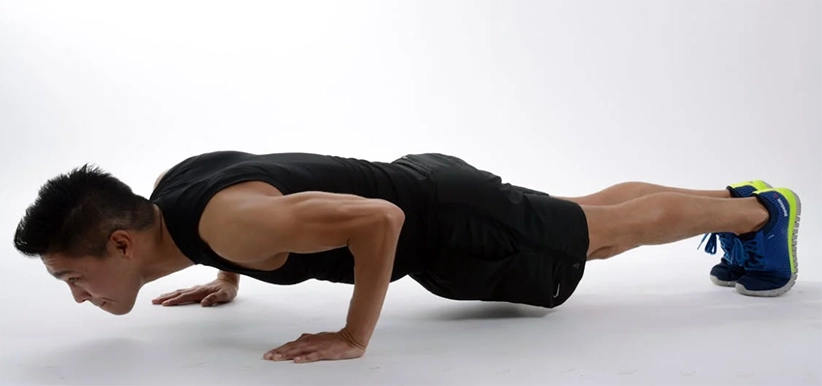
Of course, you could go to your local gym and train a regular bodybuilding split to look good and build strength, but you might miss out on other areas then. You can also go for three long runs a week this winter, but will this really check all the boxes for your tennis next to running for a long time?
To get the basics in, I would recommend mixing some basic endurance and strength work with interval training and specialized, functional movements. And don’t get me wrong, I do not believe that you get tennis-fit by doing only fancy specialized movements tailored towards tennis. You also want to build general qualities of strength and endurance, which in turn help your resilience and all-around life fitness.
Therefore, basic training areas will be:
- Base endurance training (e.g. running, biking)
- Base strength training (e.g. Squats, rows, presses)
- Interval training (e.g. HIT, on-court circles)
- Functional, tennis-specific strength training
- Mobility and flexibility to complement the above
Things to consider before starting fitness training
A few more things to keep in mind before starting with any of these tips and tricks or applying them. These are very dear to my heart, and I wish I knew some of them sooner, as they would have improved my training by a lot.
Our 7 tips of what to consider before starting fitness training.

Base endurance training
To many, this is the easiest part of fitness training, to others it is by far the worst. Endurance training is one of the foundational layers of training your fitness and should be done by all tennis players, as it represents one of the biggest skills needed for our beautiful sport. Both your basic endurance and your peak endurance are important on court, so you should train them accordingly. But which durations and intensities should you train?
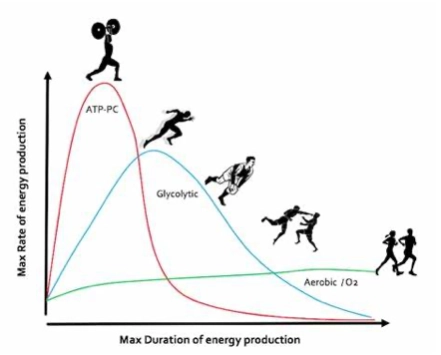
Let’s take a little look at your different energy systems you are using in your body. Depending on the timeframe of your performance at hand, your body will use one of the three energy sources. For short, very intense bursts of movement, lasting less than 10 seconds, your body will use the creatine phosphate system. For intensive activity lasting a few minutes, it will use the lactic acid system and for any longer, less intense activity, it will use the aerobic system.
Without going too much into detail, this distinction should be acknowledged within your training. If you perform short sprints or lifts, you will automatically train a different energy system than when you are continuously running for half an hour. All those energy systems should be trained for tennis, but the lactic acid and aerobic ones will be used for most time on court.
Endurance training should therefore focus on these two systems and train both longer durations aerobically, as it should be training the lactic acid system with shorter intervals. Ideally, the outcome is that you can both last longer matches in total and be repeatedly able to perform in high-intensity rallies. Whether you separate the two training by time – e.g. train longer distances in the off-season and include intervals closer to the season – or mix them continuously, depends on the time at hand and season planning.
In general, running and biking are two of the most convenient forms of endurance training for longer distances and timeframes. You do not need to have much fancy training equipment and can perform both outdoors. If injuries or location does not allow you to apply these, alternatives include rowing, cross-country skiing or your local gym’s treadmill. For interval training you could use drills on- and off-court, join local HIT or fitness classes, or you check out some of the ideas below.
Base strength training
Base strength to me means that you have a good level of general strength in your entire body. Similar to the idea of Crossfit and others, I strongly believe that these should be done as functional as possible throughout the full range of movement. This means that instead of using the leg press at the gym, you rather want to do full squats (of course depending on your level of fitness).
I disagree with Crossfit on applying intensity, as I would recommend you master the basic movement first in controlled sets than to right away blast out 100 squats in a workout.
The main movements you want to train for tennis are:
- Squats / Lunges / Jumps for pushing leg strength
- Deadlifts / Pulls / Back Extensions for leg and lower back pulling strength
- Presses / PushUps etc for upper body pushing strength
- Rows / PullUps etc for upper body pulling strength
- Accessory and stability work for core, shoulders, legs etc
The good thing about tennis is that it trains and challenges almost all these muscles while playing. But this also requires you to strengthen your entire body, as the stress put on your body will not be limited to certain structures. This also forces us to limit the general strength training to main exercises, which will train a compound of muscles and have the biggest impact on your overall strength. We can then further add specific exercises for tennis and compliment our foundation of strength built.
Find out more in our blogs:
Foundational strength for tennis – part 1: legs
Foundational strength – part 2: upper body and core
Training tips for kids
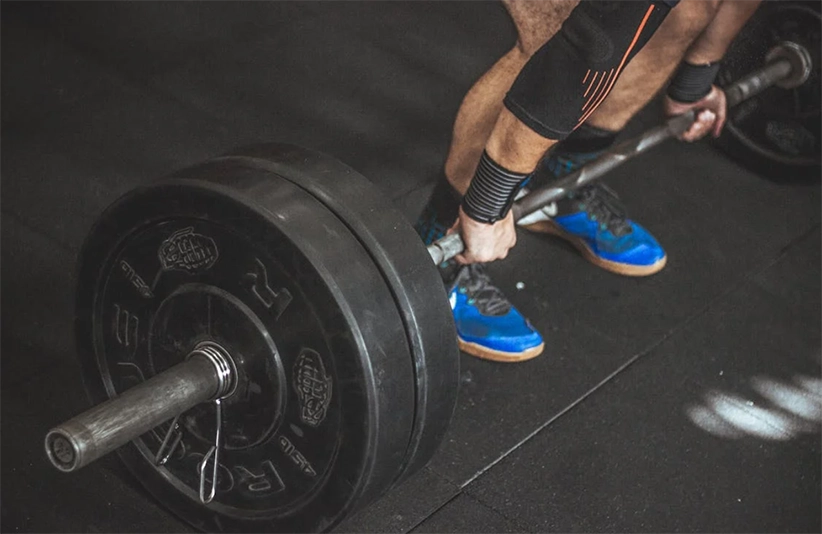
Interval and Functional training for tennis
These are already the advanced parts of your fitness training, but these might be what gives you the edge on your opponent next match. Let’s assume you have or built a good foundation of endurance and strength, and you want to add to this. Then it is always a good idea to add functional exercises, that support your joints and muscles, such as your knees, shoulders or core.
Twists, banded exercises, jumps and moving free weights in the gym can support specific, heavily used parts of the body. In addition, circles or interval training with functional exercises and endurance parts can train the energy systems, so that you are able to perform in challenging rallies and recover faster.
Mobility and flexibility – vital parts of your routine
As already mentioned in our initial part of the off-season mini-series, I strongly recommend taking rest days and supporting your body with mobility and stretching routines. There are some tailored programs out there, you can always join your local Yoga class or look here for our new ideas to implement.
In the end, a flexible and mobile body will always be more performant and resilient against injury, no matter the sport you are playing. As tennis is a sport which includes stopping, running and sliding, it will take a toll on your body and you want to help to alleviate this. Use the power of recovery routines to help with your next performance.
